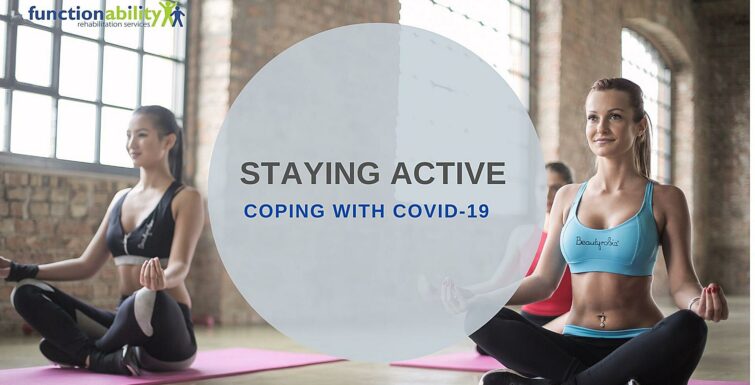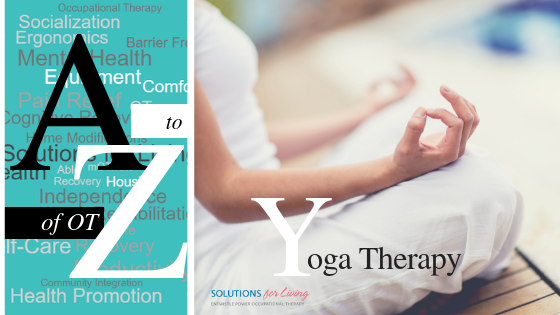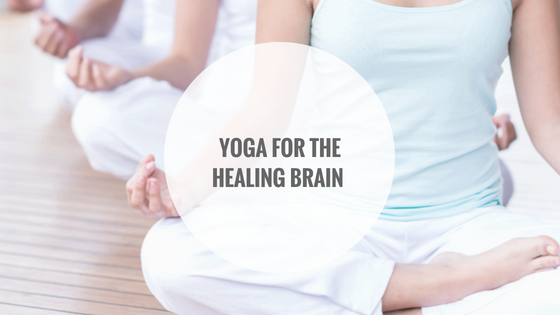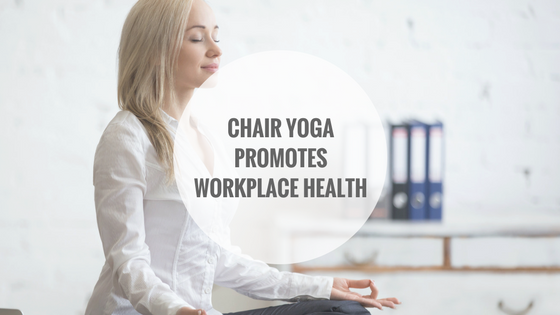FunctionAbility’s Elly Baker and Lynne Harford discuss staying active while working from home and review some helpful exercises to help keep you moving.
About the Expert:
Elly Baker is the Director of Physiotherapy Services at FunctionAbility. Previously to this role, Elly spent many years in the role of Physiotherapy Practice Leader at Toronto Rehab, University Health Network, as well as a physiotherapist on the inpatient, Acquired Brain Injury program. She has extensive experience helping individuals living with mild to complex neurological and orthopedic injuries and has special interests in concussion management and higher-level balance re-training post-traumatic brain injury.
Lynne Harford, BA, MSW, RSW, D.VATI is a Registered Social Worker, Director of Pediatrics and a Clinical Supervisor with The Social Work Consulting Group. She obtained a Master of Social Work degree from the University of Toronto and a Bachelor of Arts degree in Sociology from Glendon College-York University. Prior to her university studies, Lynne pursued a career in business and received a Marketing Administration Diploma from Seneca College of Applied Arts and Technology. In 2013, Lynne achieved her designation of Art Therapist graduating with an advanced diploma in Art Therapy from the Vancouver Art Therapy Institute.
Lynne has had an extensive work history in both the private and public sectors. Prior to joining The Social Work Consulting Group in 2008, she was employed at The Hospital for Sick Children (SickKids) where she spent five years providing clinical social work services to children and their families in the Trauma Program. Throughout her career, Lynne has been an active member in the larger community participating in various committees as well as presenting at a number of community-based, insurance and legal conferences. Other areas of specialization in which Lynne has focused and devoted her practice to include, acquired brain injury in children and youth, acute and chronic illness, domestic violence, separation/divorce and issues related to grief and loss. Lynne is both a therapist and advocate who is committed to enriching the lives of children and adults in the aftermath of physical and emotional trauma.




